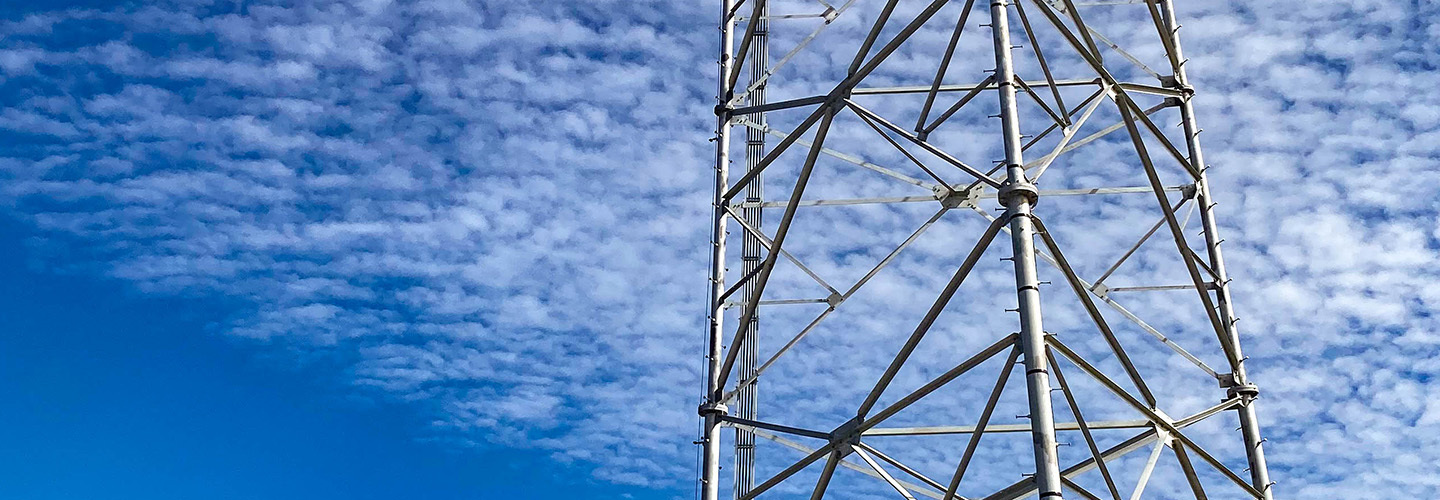This blog is a repost from All Things FirstNet, originally published March 23, 2024.
On January 29, 2024, the First Responder Network Authority (FirstNet Authority) Board approved a full 5G upgrade to the FirstNet wireless network, which currently operates on 4G/LTE. According to the FirstNet Authority, this is part of a more than $8 billion upgrade to FirstNet over the next decade.
As thrilling as such an upgrade sounds — particularly because 5G offers faster service and more capacity than 4G — FirstNet users may worry that the upgrade might render their existing 4G/LTE equipment obsolete.
To ease their concerns and find out what 5G really means to FirstNet users, AllThingsFirstNet.com spoke with Jeff Bratcher. He is Chief Network and Technology Officer with the FirstNet Authority.
Upgrades as SOP
Since it was created in 2012 by Congress, the FirstNet Authority has planned for the future enhancement and evolution of the network. The reason? “The legislation that created the FirstNet Authority requires us to reinvest the funds that we receive from AT&T,” said Bratcher. “We made our first investment in the summer of 2020 to take our 4G LTE core on the FirstNet network and upgrade that to 5G non-standalone architecture. That enhancement allowed FirstNet users to take advantage of 5G capabilities in the markets where AT&T had turned on 5G, if they had devices that supported it.”
The FirstNet Authority’s latest investment of $6.3 billion will extend 5G service to all FirstNet users, wherever they may be in the United States. “It upgrades FirstNet’s dedicated core network and our radio access network on the Band 14 spectrum,” Bratcher said. Additionally, as AT&T installs new cellular transmission sites/towers nationwide to boost coverage, FirstNet will expand mission critical services for subscribers.
5G Benefits for FirstNet Users
By moving to 5G, with its faster data speeds and larger carriage capacity, FirstNet will be able to support the full range of complex multimedia broadband applications that can be carried on AT&T’s 5G network — more than 4G/LTE can now support. “FirstNet 5G will also provide first responders with access to wider channels of spectrum and combine those channels to enhance upload and download speeds,” said Bratcher. “You can think of it as combining interstate lanes all together so that you can increase that amount of throughput to the device as well as from the device. We’re also focused on enabling all of the Quality of Service, priority, and preemption capabilities that public safety has been asking for in the 5G space.”
No Rush for 4G/LTE Users
Some FirstNet users who have invested heavily in 4G/LTE equipment might be worried that the 5G upgrade will make equipment obsolete before the end of lifespan. They needn’t worry: as Bratcher explains, this is a phased approach over the next 10 years.
“The 4G/LTE equipment will not go obsolete right away,” Bratcher said. “Until then, FirstNet will be run using a dual mode core, so it will support 4G/LTE devices as well as 5G devices. The network can support both protocols simultaneously, and we will do so in line with the typical lifecycle upgrade of end user devices and other capabilities.”
Moving to 5G Now
Mindful that FirstNet 5G is coming, savvy FirstNet users will start looking ahead to when that day comes for their departments. So, what do they need to make the change? “The first requirement is 5G-capable devices,” replied Bratcher. “There are new protocols in 5G, so you need devices that will support them. Second, you will need 5G SIM [Subscriber Information Module] capabilities within the devices that recognize you as a FirstNet user authorized for your level of service with priority/preemption and then — in concert with that — the 5G-enabled subscription plan through FirstNet/AT&T Customer Care.”
To contact AT&T Customer Care, FirstNet users can dial 611 on their FirstNet devices, or 1-800-574-1000 on other phones. FirstNet users can also visit AT&T stores to meet with a representative or visit a FirstNet kiosk.
A Continued Partnership with Public Safety
As exciting as the FirstNet 5G plans are, they are just part of what the FirstNet Authority is doing to improve service. “We’re also partnering with public safety to understand their needs and to leverage new technologies and capabilities — such as network slicing — that are specified in the fifth-generation architecture to take advantage of those for public safety use,” said Bratcher. “We’re also looking at expanding FirstNet’s footprint to fill remaining gaps in our coverage — again in partnership with public safety. Coverage is what FirstNet users care about, along with reliable service. That’s why we do our best to listen to them and satisfy their needs.”




















